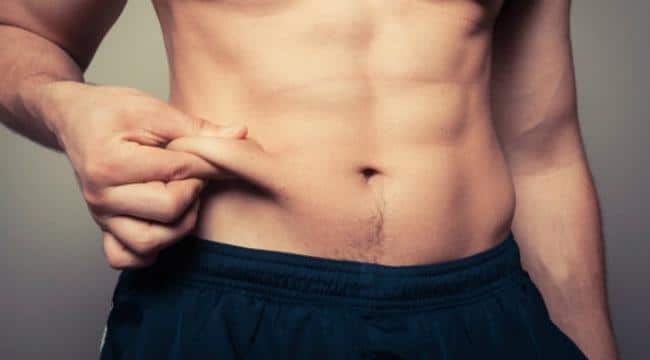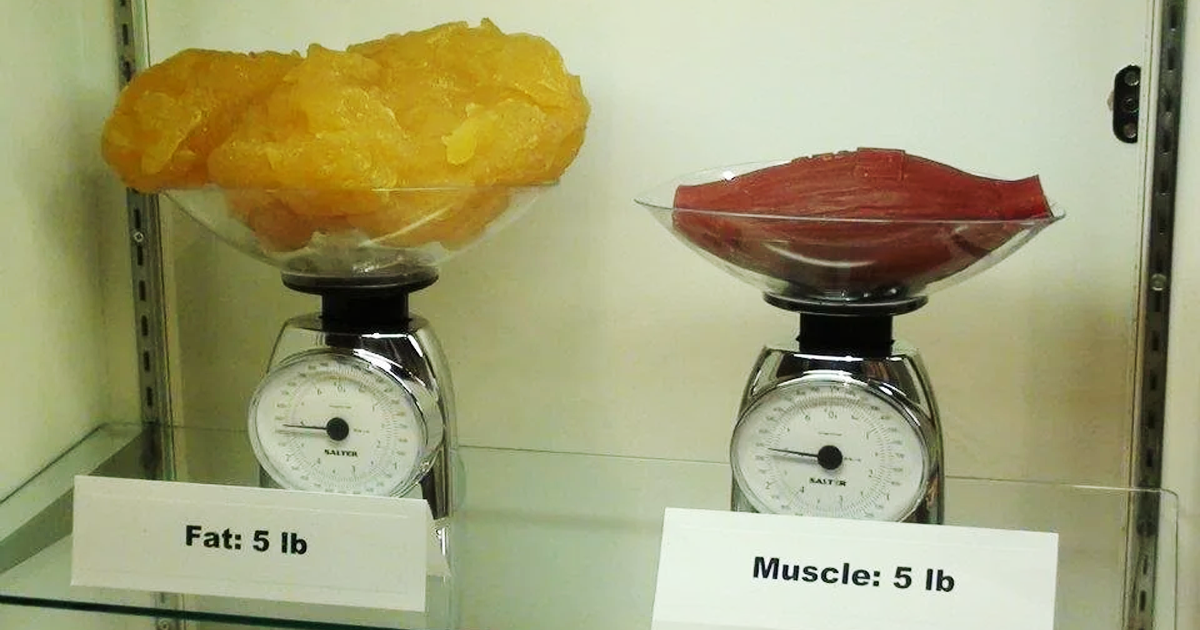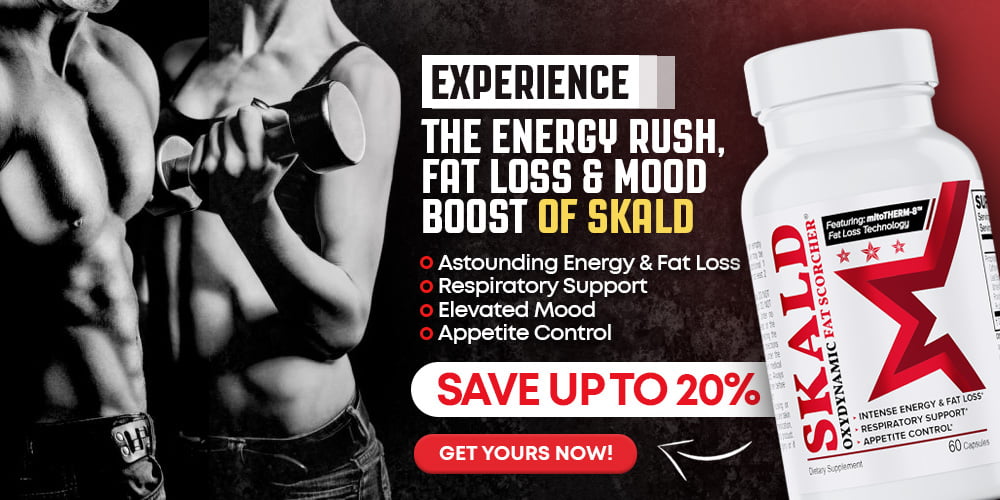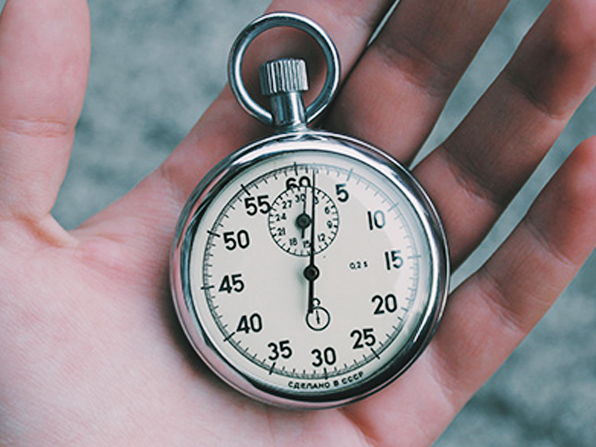
At BELDT Labs, we aim to provide the best supplements to support your health and fitness goals. However, supplements are only effective when you make informed choices, and setting the right goals is part of it.
To help, we'll explore the debate on fat loss vs. weight loss.
While losing body weight and body fat are two distinct processes, these terms are often used synonymously. This has created confusion for many of our customers and perhaps for you.
By the end of this article, you will have a clearer understanding of the differences. You will be better equipped to start your weight loss journey, avoid unhealthy approaches, and achieve the desired body composition.
As Jack Lalanne famously said:
“Your body is your most priceless possession…Take care of it!”
What's the Difference Between Fat Loss and Weight Loss?
Fat loss reduces body fat, while weight loss refers to losing overall body weight, including fat, muscle, and water.
That’s the short answer. Let’s elaborate.
When aiming at only losing body fat, you're specifically targeting the adipose tissue. This is the stubborn stuff that clings to your belly, hips, and other problem areas. Fat loss is all about sculpting your body and improving your body composition.
On the other hand, weight loss is a broader term. When you step on the scale and see the numbers go down, it means you lose weight. But those numbers don't tell the whole story. You might be losing water weight or even valuable lean body mass along with fat.
Why the Distinction Matters?
Understanding the differences is critical for setting realistic goals and choosing the right approach when starting your weight loss journey. You might find that your weight on the scale doesn't change much, even as you're losing fat and gaining muscle.
This is why we always recommend looking beyond just the numbers.
“Weight is an imperfect measurement and only gives us a fraction of information about how healthy we are,” says Emma Willingham in her Houston Chronicle article.
Now that you know the differences between weight and fat loss, let's move on to the most important question.
Which is Better, Fat Loss or Weight Loss?
Fat loss is generally better for improving body composition and overall health, as it focuses on reducing excess body fat while preserving lean muscle mass. Weight loss, on the other hand, can lead to muscle loss and other negative outcomes if not managed properly.
Here's why we at BELDT Labs advocate focusing on losing fat…not weight loss.

Preserving Muscle Mass
Fat loss helps you maintain or even increase your lean body mass when done right. This is important because muscle tissue is metabolically active, burning more calories even when you're at rest. By preserving muscle, you're setting yourself up for long-term success in managing your weight.
Improved Body Composition
Losing fat while maintaining muscle leads to a more defined physique. Many rely on this approach to get a shredded body. Although you may weigh the same, your body will look and feel different. That's why we emphasized that the number on the scale isn't always the best indicator of progress.
Better Health Markers
Reducing body fat, especially around your midsection, can significantly improve various health markers. According to Hopkins Medicine, larger waistlines are linked to higher risks of heart disease, diabetes, and cancer.
Sustainable Results
Fat loss, achieved through a balanced diet and exercise approach, tends to be more sustainable than rapid weight loss. You won't enjoy experiencing the dreaded “yo-yo” effect often associated with extreme diets…trust us on that.
When Weight Loss Might Be the Priority?
While reducing your body fat percentage is generally preferable, there are circumstances where overall weight loss may be the initial goal.
Losing weight quickly can provide immediate health benefits and reduce joint strain for individuals with high Body Mass Index, although BMI isn't always a reliable indicator. Rapid weight loss might also be necessary in some medical situations before surgery or treatment.
These statements are based on research, and we only included them to present a more informative article. We don't recommend extreme weight loss methods without consulting a doctor.
Actually, we don't recommend extreme methods at all. As our friend Shai Walker discussed in his 5 Facts for Losing Weight article…small, consistent efforts are key to success.
Now, let's move on to answering the next question on your mind.
Can You Lose Fat Without Losing Weight?
Yes, you can absolutely lose body fat without losing weight. In the fitness world, this process is called body recomposition or recomping, meaning muscle gain offsets fat loss, keeping overall body weight stable. Of course, strength training must be part of your workout routine.
Muscle tissue being denser than fat tissue is what makes it possible.

In other words, a pound of muscle takes up less space in your body than a pound of fat. So, as you lose fat and gain muscle, your weight may not change, but your body composition will.
Some of our customers already have the desired muscle mass and want to lose fat without sacrificing muscle. If that's the case with you, learning how bodybuilders do it will help.
It's time to talk about recognizing the changes.
How Do You Know If You're Losing Weight or Fat?
To determine if you're losing weight or fat, monitor changes using body fat scales, calipers, hydrostatic weighing, or what many consider the best, DEXA scans. Tracking measurements of your waist, hips, and other areas can also tell you whether you're on the right path.
If these measurements decrease while your weight remains stable or even increases slightly, it's a good indication that you're losing fat and potentially gaining muscle. Paying attention to how your clothes fit is a simple but effective way to see whether you're moving towards your goals.
Lastly, we must mention progress photos.
Take photos of yourself in the same lighting and poses every few weeks. Sometimes, the scale doesn't reflect significant weight loss, but visual changes in your body shape and definition can be apparent in these images.
Does Fat Loss Take Longer Than Weight Loss?
Yes, fat loss usually takes longer than weight loss. Achieving a healthy body fat percentage is a gradual process that requires consistency, proper nutrition, and regular physical activity. Weight loss can happen quicker by reducing water weight or muscle mass, which isn't always sustainable.
Again, at BELDT Labs, we believe that being patient and focusing on losing fat while maintaining muscle is the best approach to improving your health and physique.
Looking for safe, effective support for your fat loss journey? Try our best-selling product.
We created SKALD by developing a unique formula of all-natural ingredients, which has led to many success stories.


